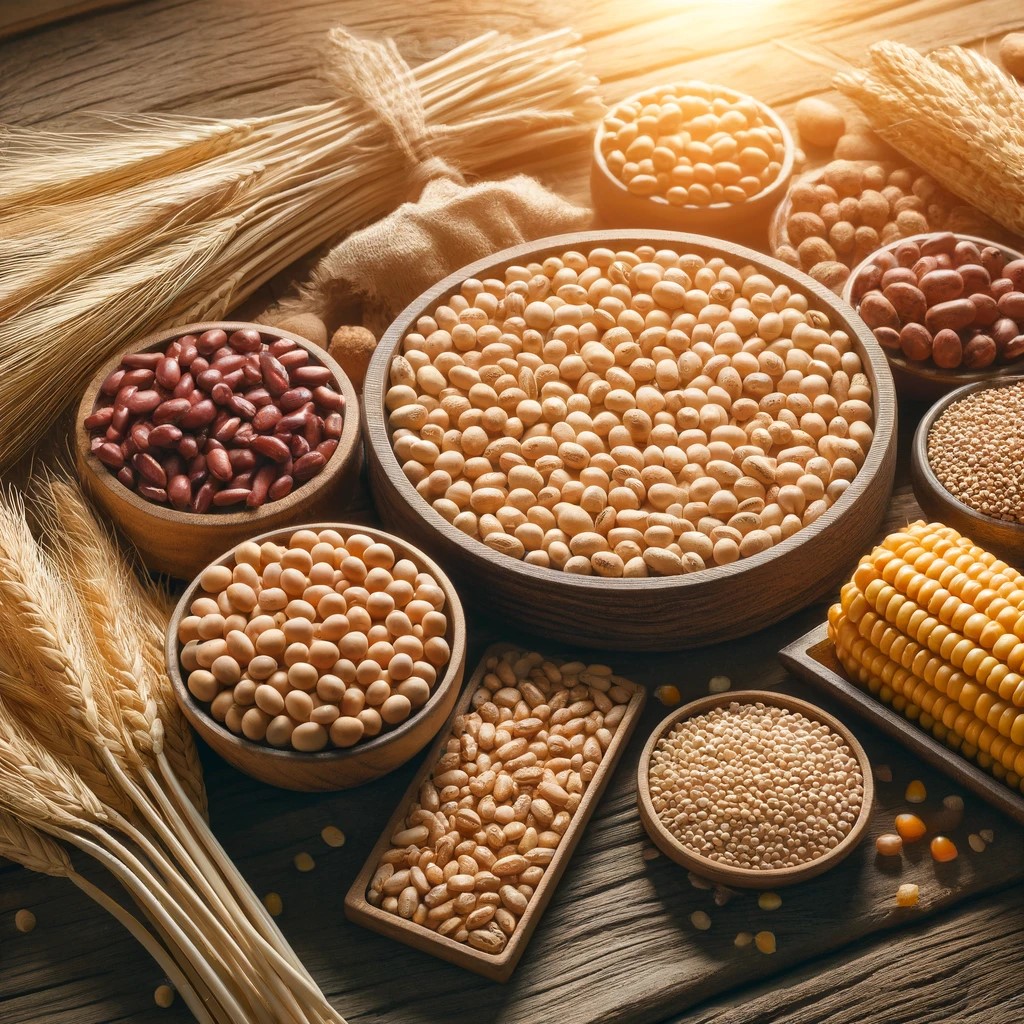Introduction:
Commodities have been the backbone of global trade for centuries, encompassing everything from precious metals like gold and silver to agricultural products like wheat and coffee. For beginners dipping their toes into the investment world, commodities offer a unique avenue for portfolio diversification and potential profit. In this guide, we'll delve into the basics of investing in commodities, exploring current trends, future predictions, and essential strategies to navigate this exciting market.

Understanding Commodities:
Commodities can be broadly categorized into four main types: agricultural (e.g., corn, soybeans), energy (e.g., crude oil, natural gas), metals (e.g., gold, silver), and livestock (e.g., cattle, pork). Unlike stocks or bonds, commodities represent tangible goods that are interchangeable with other goods of the same type. Their prices are influenced by various factors such as supply and demand dynamics, geopolitical events, weather conditions, and currency fluctuations.

Current Trends in Commodities:
In recent years, commodities have experienced significant volatility, driven by factors like the COVID-19 pandemic, geopolitical tensions, and shifts in global demand. For instance, the surge in demand for renewable energy sources has propelled the prices of metals like lithium and cobalt, essential components in electric vehicle batteries. Similarly, fluctuations in weather patterns have impacted agricultural commodities, leading to price spikes in crops like wheat and soybeans.
Future Predictions:
Looking ahead, several trends are expected to shape the commodities market. With the global economy gradually recovering from the pandemic, demand for industrial metals and energy commodities is projected to rise as manufacturing and construction activities pick up pace. Moreover, the transition towards sustainable practices and the green energy revolution could drive demand for commodities like copper, nickel, and rare earth metals. Additionally, climate change-related disruptions may continue to pose challenges to agricultural production, affecting prices of crops and livestock.

Conduct thorough research: Before diving in, educate yourself about different commodities, their market dynamics, and the factors influencing their prices.
Diversify your portfolio: Spread your investments across multiple commodities to mitigate risk. This can involve investing in a mix of agricultural, energy, and metal commodities.
Consider exchange-traded funds (ETFs): ETFs provide a convenient way to gain exposure to commodities without directly owning physical assets. They track the performance of commodity indexes or specific commodity futures contracts.
Pay attention to macroeconomic indicators: Keep an eye on economic indicators like inflation rates, interest rates, and currency movements, as these can impact commodity prices.
Stay informed about global events: Geopolitical tensions, weather disasters, and supply chain disruptions can all affect commodity markets. Stay updated on relevant news and events to make informed investment decisions.
Conclusion:
Investing in commodities offers beginners a unique opportunity to diversify their portfolios and potentially reap significant returns. By understanding the fundamentals of commodity investing, staying informed about market trends, and adopting sound investment strategies, beginners can navigate this dynamic market with confidence. Remember to conduct thorough research, diversify your portfolio, and stay abreast of global events to make informed investment decisions in the exciting world of commodities.




